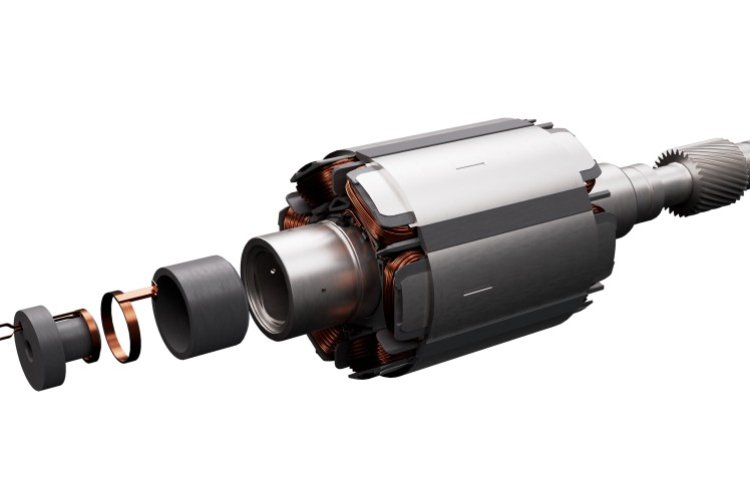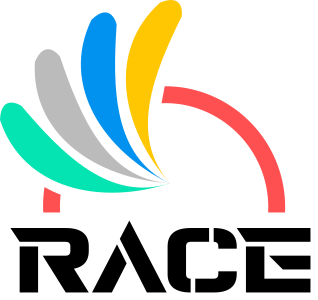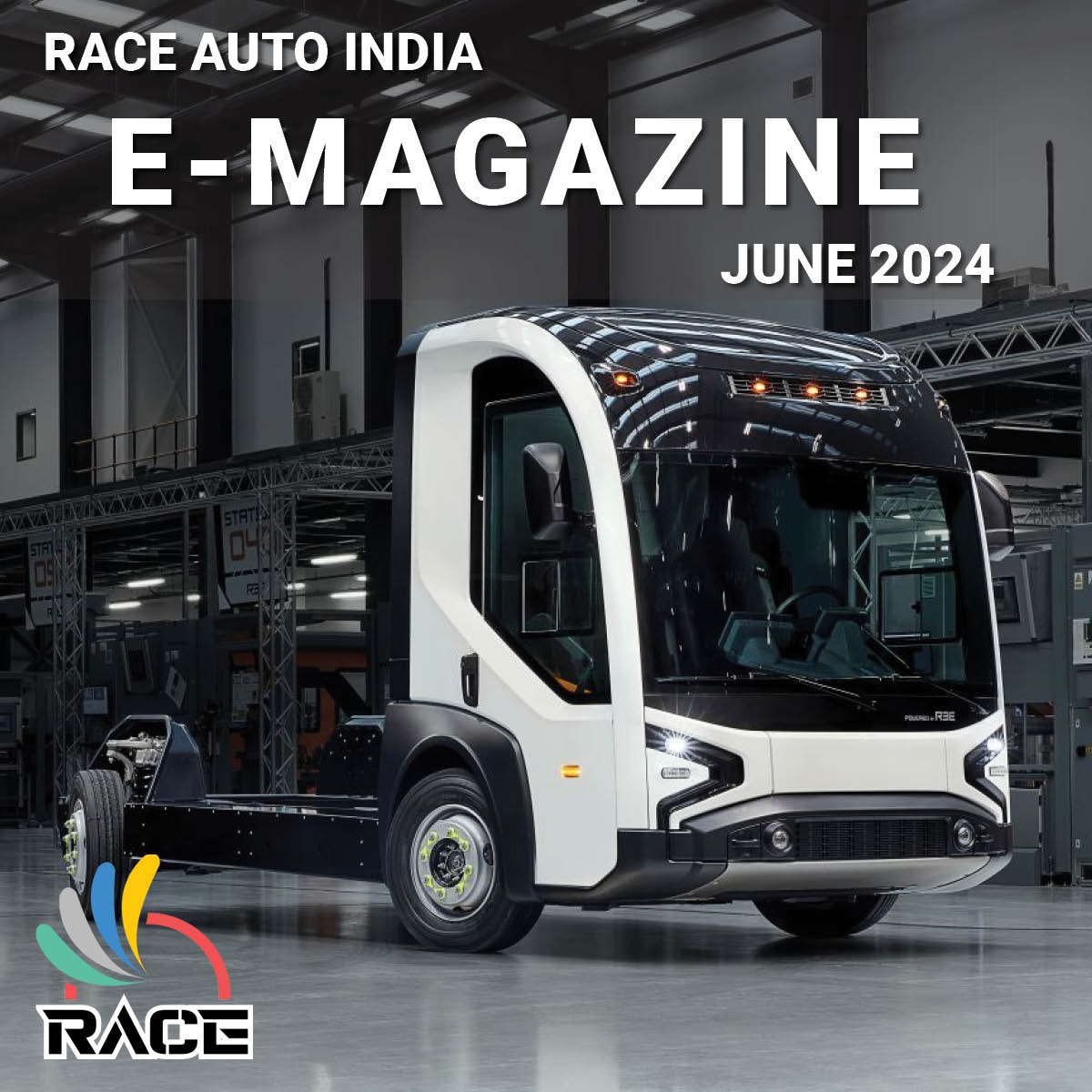ZF develops magnet free electric motor
ZF’s I2SM transform the energy for magnetic field via inductive exciter inside the rotor shaft

Friedrichshafen, Germany- ZF Group., has developed a no magnets require in electricmotor. The concepts of magnet-free so called separately excited synchronous motors (SESM) already existing,
ZF’s I2SM (In-Rotor Inductive-Excited Synchronous Motor) transform the energy for magnetic field via inductive exciter inside the rotor shaft. This makes the motor unique compact with power and torque maximum density
Separately excited synchronous motor is thus an substitute to permanent-magnet synchronous machines (PSM).
The motors current frequently used in electric vehicles, but they based on magnets required rare earth materials for their production. With the I2SM, ZF is setting a new standard for making e-motors both extremely sustainable in making and highly powerful and efficient in process.
Dr. Holger Klein, CEO of ZF said, With this magnet-free e-motor without rare earth materials, we have another innovation with which we are consistently improving our electric drive portfolio to create even more sustainable, efficient and resource-saving mobility. This is our guiding principle for all new products. And we currently see no competitor that masters this technology as well as ZF.” Compared to common SESM systems, the inductive exciter can reduce losses for the energy transmission into the rotor by 15 percent. In addition, the CO2 footprint in production, which arises with PSM e-motors in particular due to magnets including rare earth materials, can be reduced by up to 50 percent
Mr. Stephan von Schuckmann, Member of the Board of Management of the ZF Group said, this uniquely compact electric motor without magnets is impressive evidence of our strategy to make e-drives more resource-efficient and sustainable, primarily through efficiency improvements.
Advanced rotor design makes e-motor very compact
Magnetic field in the rotor is made by current replace of magnets, the conventional SESM still required sliding or brush element in cases, which force compromises.
A dry installation space i.e, is not available necessary oil cooling with additional seals, as a result conventional SESMs turn up about 90mm more space axially, manufactures generally can’t flecible between PSM and SESM variants model planning
Advantages of separately excited synchronous machines competitively, succeeded in compensating design related disadvantages of common distinctly excited synchronous machines.
The torque density has been slightly increased innovative rotor design. The space-unbiased coordination of the exciter into the rotor actually intends that there are no axial space impediments. Furthermore, an expansion in power thickness in the rotor prompts an improvement in execution


